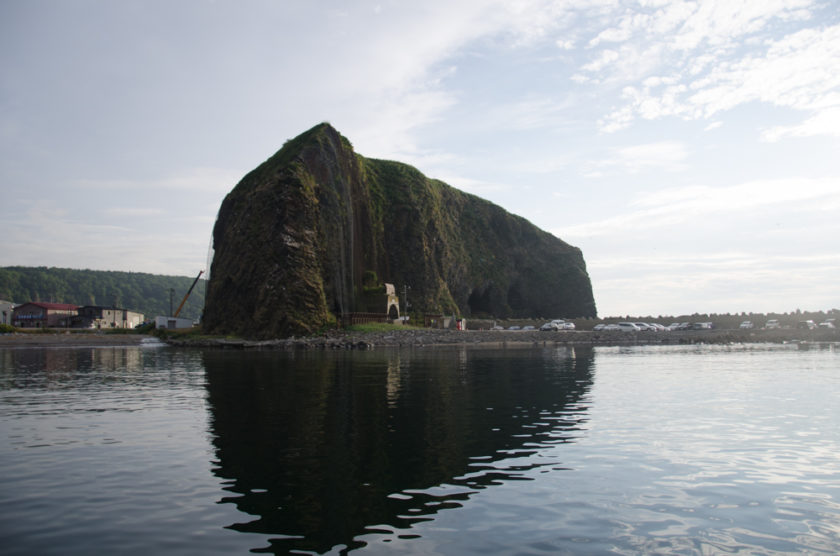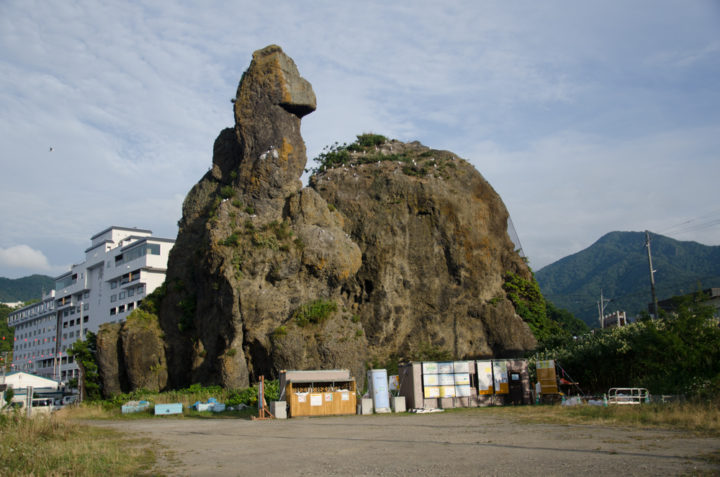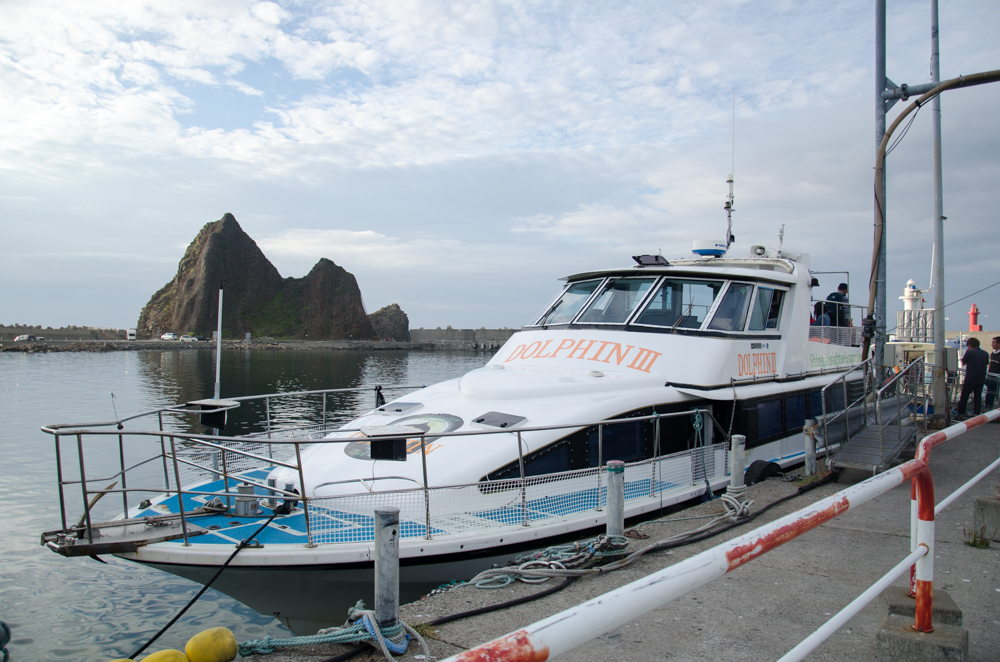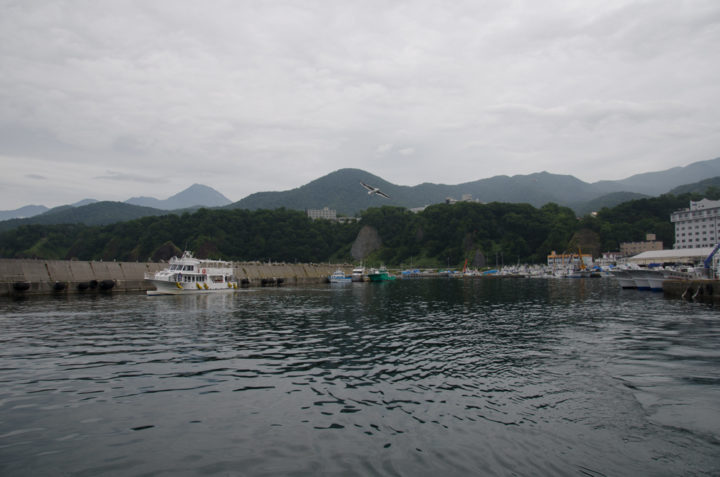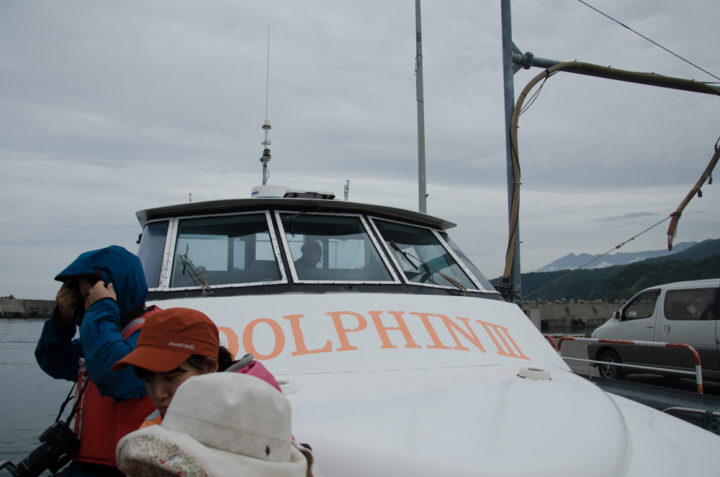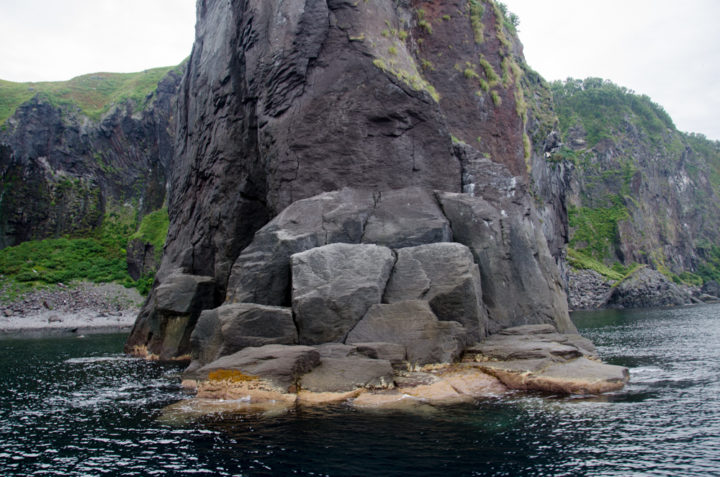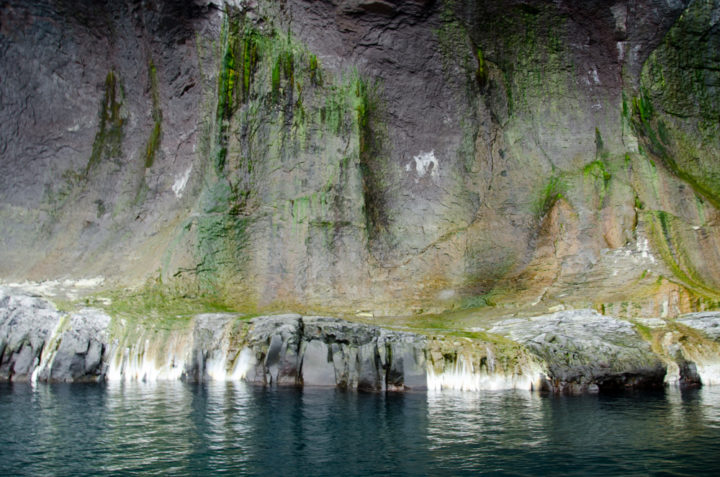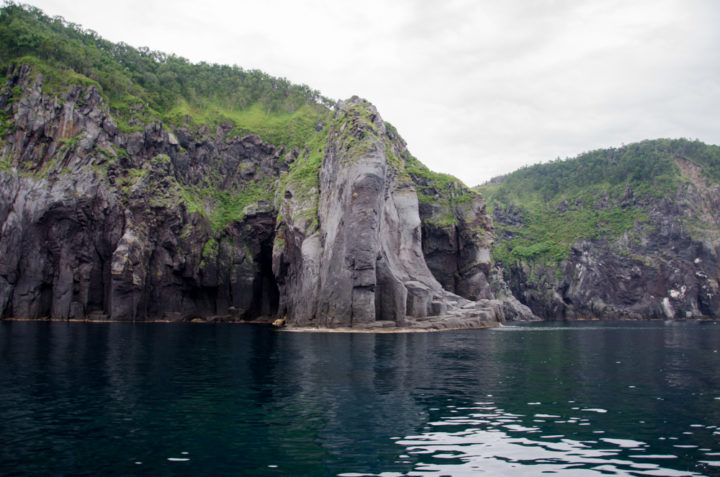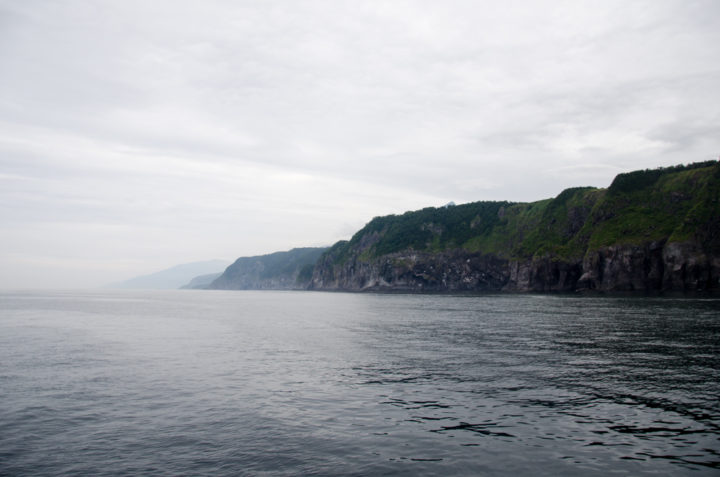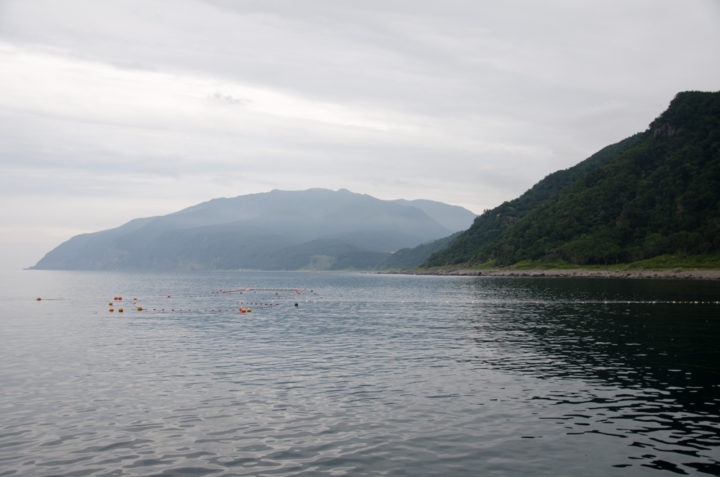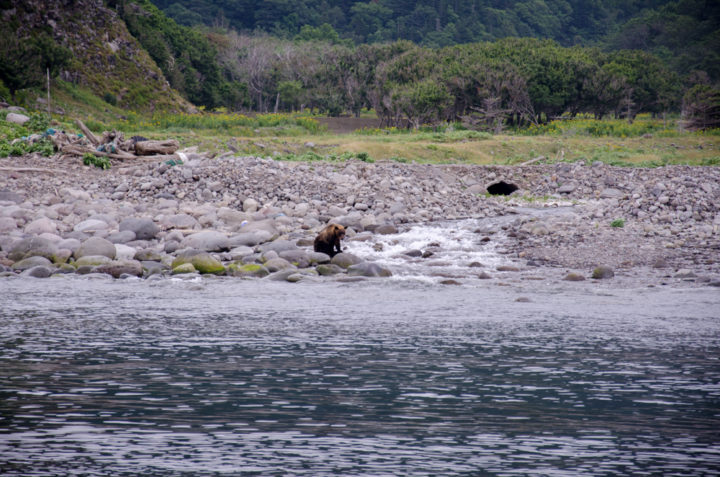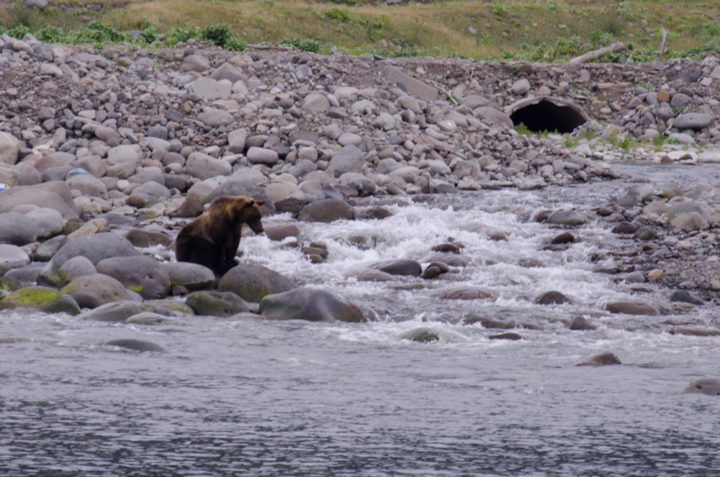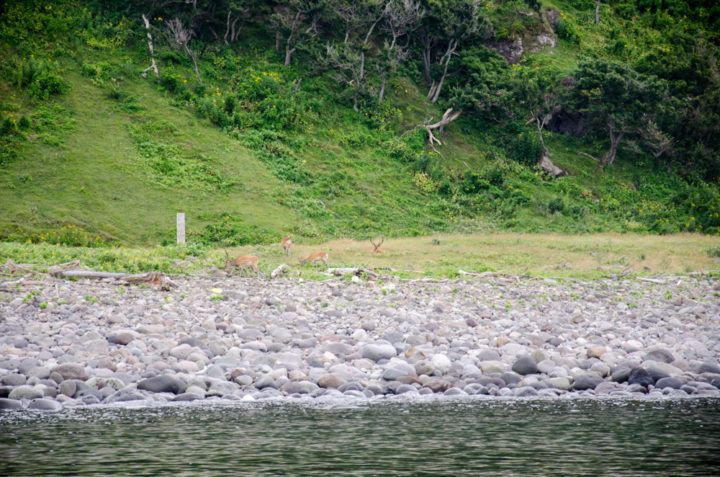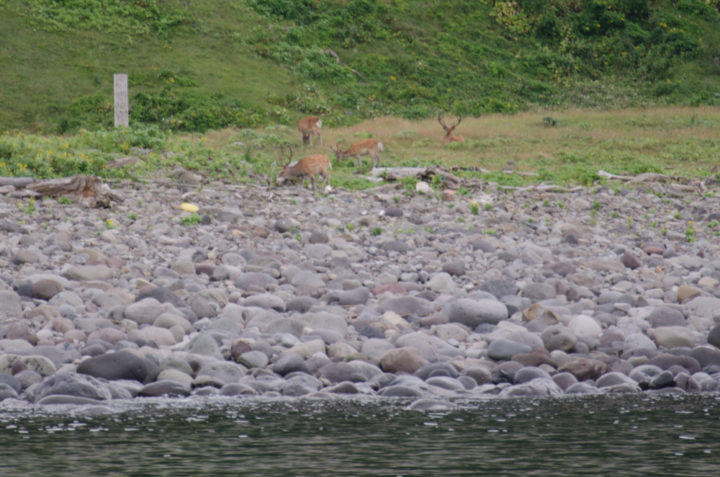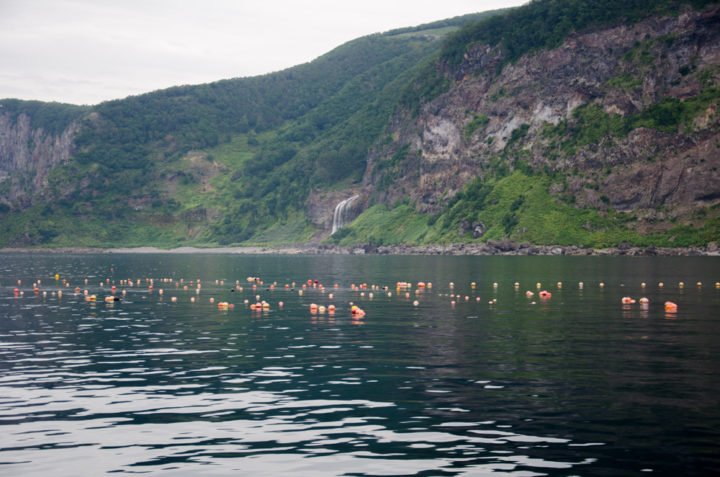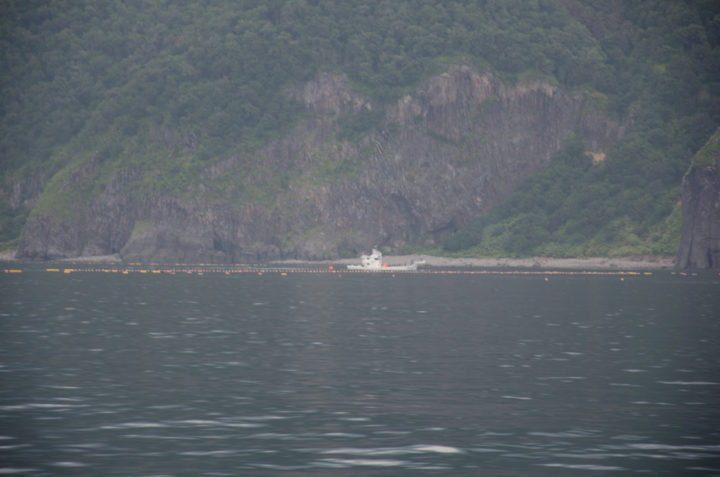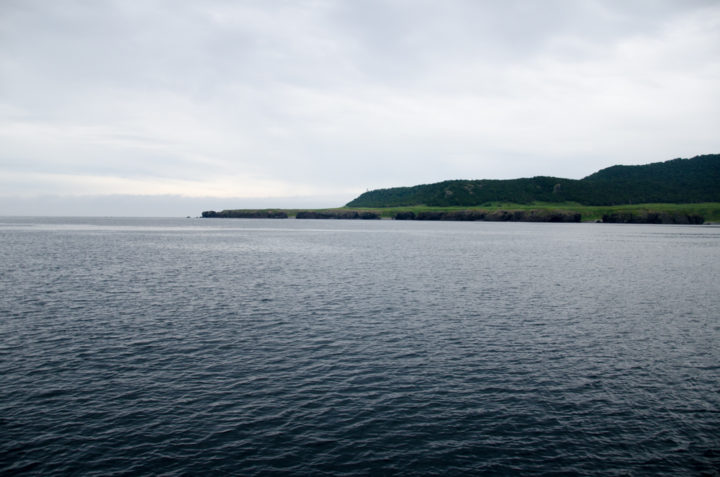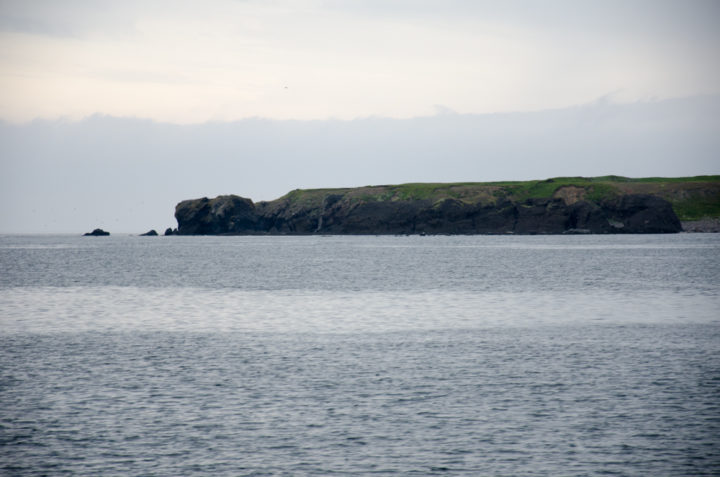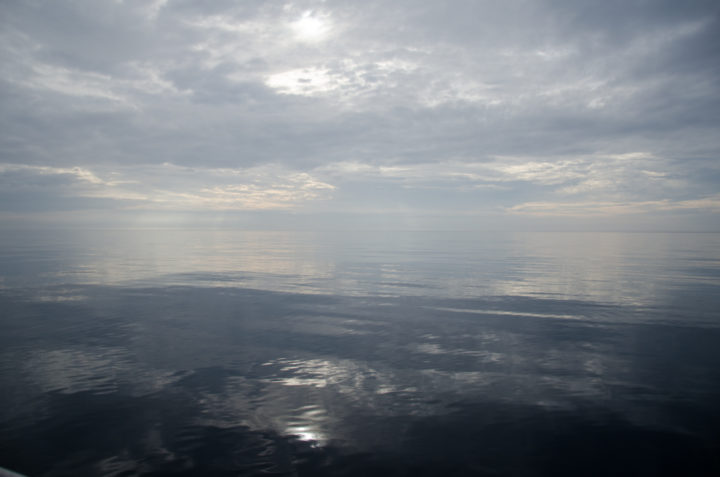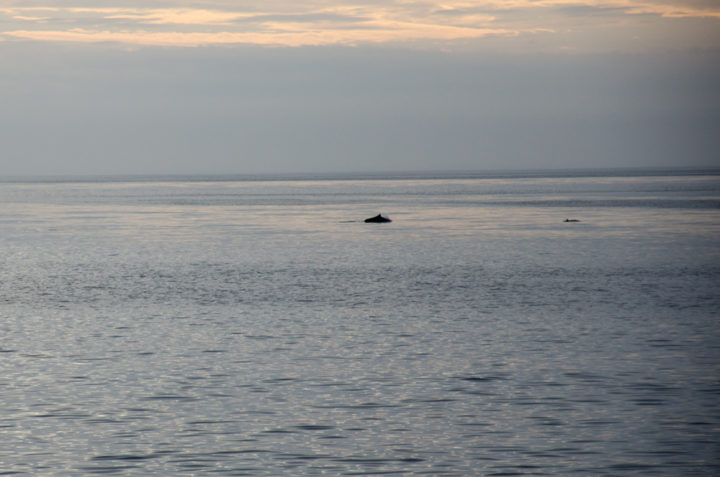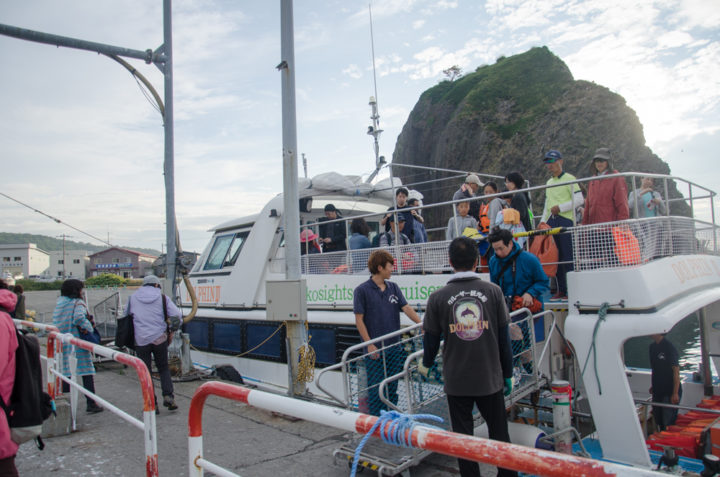There are many ways to enjoy Shiretoko, from its diverse cuisine and pristine wilderness to mountain climbing and trekking. However, one activity I particularly wish to experience is Shiretoko Cruising—a tour that navigates the scenic Shiretoko Peninsula aboard a small cruiser. Seeing the tip of the Shiretoko Peninsula is a must in my lifetime.
The name “Shiretoko” originates from the Ainu word “Shirietoku,” meaning “End of the Earth,” aptly describing its location at the eastern edge of Hokkaido.
Shiretoko is not only a national park in Japan but also a UNESCO World Natural Heritage site since 2005. Access to the park is strictly regulated, requiring special permission for entry. Popular attractions include walking around the Shiretoko Five Lakes and climbing Mt. Rausu. While reaching the tip of the Shiretoko Peninsula by foot is prohibited, Shiretoko Cruising offers a unique perspective from the sea, making it an ideal choice for exploring this pristine natural wonder.
Access
Shiretoko Sightseeing Boat Sinking Incident
The tourist boat “KAZU I” went missing and subsequently sank off the western coast of the Shiretoko Peninsula in Shari Town. The vessel experienced flooding and all 26 crew members and passengers onboard were confirmed dead or missing, dealing a significant blow to Shiretoko, a major tourist destination in Hokkaido.
The president of the operating company, Shiretoko Sightseeing Boat Co., Ltd., responsible for the boat, has not faced any accountability to date. The captain at the time had limited experience and departed during rough seas, which was identified as the cause of the sinking. Additionally, the boat’s radio equipment was non-functional, preventing prompt rescue requests. This incident also highlighted deficiencies in Japan’s emergency response system, becoming a major social issue.
The tourist boat we boarded was operated by a highly experienced and trustworthy staff, yet unfortunately, the aftermath of this accident led to a sharp decline in tourists and the company went bankrupt in 2024. It is truly regrettable.
However, the remaining tourist boat companies are operated by highly experienced staff, ensuring a safe and enjoyable experience for sightseeing in Shiretoko.
Despite this tragedy, we aim to share the beauty and positive aspects of Shiretoko with the world, while never forgetting this unfortunate event.
Enjoying Cruising: Tips and Ideas for a Memorable Experience
Shiretoko Sightseeing Cruiser Dolphin, the small cruiser I chose, accommodates a maximum of 48 passengers and departs from Utoro facing the Sea of Okhotsk. There are other cruises available at Rausu, located on the opposite side of Shiretoko facing the Pacific Ocean.
There were five companies that offer Shiretoko cruising tours at that time, typically ranging from 1 to 3 hours in duration. I opted for a 3-hour cruise that took me around the top of the Shiretoko Peninsula, closely hugging the coastline. During the cruise, I enjoyed views of waterfalls, uniquely shaped rocks, and sightings of wildlife such as Higuma (brown bears) and deer on land, as well as dolphins or whales in the sea. The small cruiser’s ability to navigate close to the coastline, avoiding shallow reefs, was a significant advantage during the comprehensive 3-hour Shiretoko cruising experience.
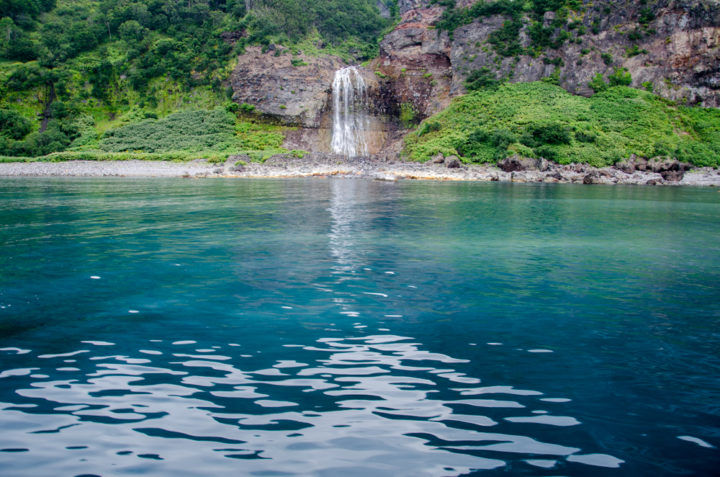
On the evening of August 23, 2017, we were fortunate to encounter a brown bear (Higuma), deer, and Dall’s porpoises (Phocoena dalli). It appeared that the brown bear was hunting salmon swimming upstream to spawn. According to our cruise guide, sightings of brown bears are common as they often come to the shores during this time. Therefore, it was a lucky day for us to witness such wildlife during our cruise.
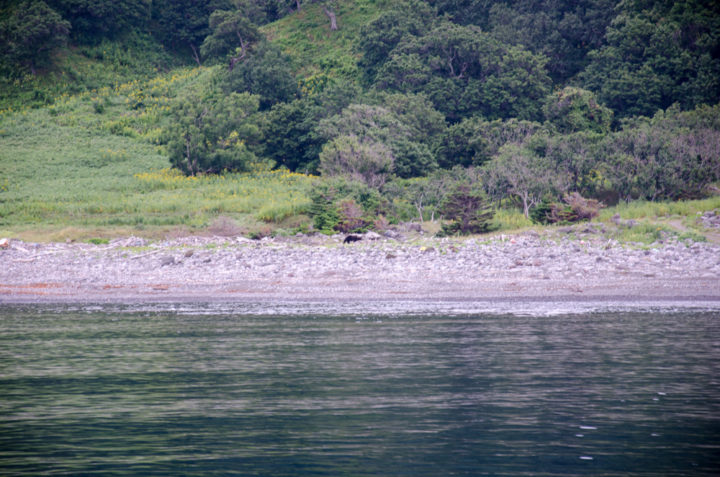
When our cruiser reached the halfway point of the peninsula, the coastline flattened out and we came across a small river. The guide announced, “I’ve spotted a brown bear in the far distance, just a speck like a sesame seed. Can you see it?”
The cruiser approached the bear, which was standing still, quietly observing the river for salmon. It looked like a bear statue. Additionally, on the opposite side from the bear, we spotted other wild animals—Ezo deer, four Hokkaido deer.
There are several fisherman’s houses called ‘Banya’ where fishermen traditionally stay during the salmon-catching season from summer to autumn. They set up fixed shore nets along the river mouth. It’s said that a single net can yield up to 10,000,000 yen (approximately 90,000 dollars) a day from salmon and trout. For Utoro fishermen, catching salmon provides income for the entire year. The nets are strategically positioned wide open towards the sea, capturing salmon as they migrate close to the coastal rivers. The end of the net is rectangular-shaped, and once salmon enter, they cannot escape. Many salmon are gathered in the final square net, which Utoro fishermen aptly refer to as the ‘Cashbox’. This name fits well, as it represents a significant nightly haul of money.
As our cruiser approached the northern tip of the Shiretoko Peninsula, we reached what is known as the “end of the earth” or “Shirietoku” in Ainu language, now called Shiretoko. Here, we encountered a flat expanse resembling a golf course, devoid of tall trees. It struck me that strong winds likely sweep through this area throughout the year.
Thirty minutes further eastward on our cruise, we reached the border with Russia, an area where Japan maintains a firm stance, asserting its claim over the Northern Territories as inherent Japanese territory.
At this point, the cruiser turned back towards Utoro port, a journey that would take about 2 hours.
The sea became eerily calm, under a cloudy sky with patches of blue that reflected like a mirror on the horizon.
Suddenly, unusual waves began crossing in front of our cruiser. The guide announced that many dolphins were swimming around us, their full bodies hidden beneath the water’s surface, making it difficult to see their appearance. However, we could observe them gracefully swimming and arcing through the water right before our eyes. It was a moment that truly captured the untamed beauty of Shiretoko.
Our cruiser returned home around 5 o’clock. Viewing Oronko Rock from the sea was breathtakingly beautiful. Although we encountered occasional rainfall, it didn’t detract from what turned out to be a perfect day for cruising.
